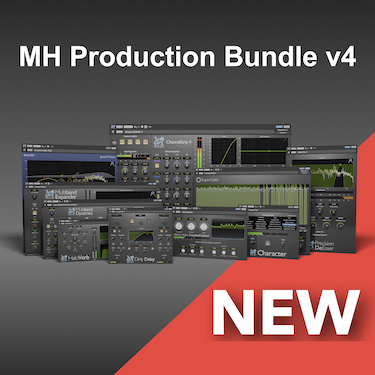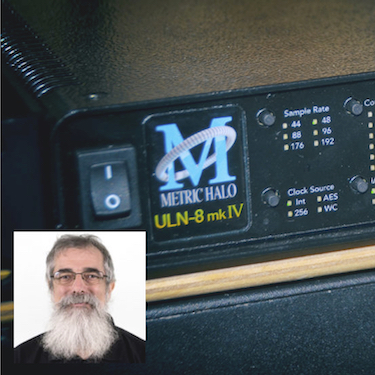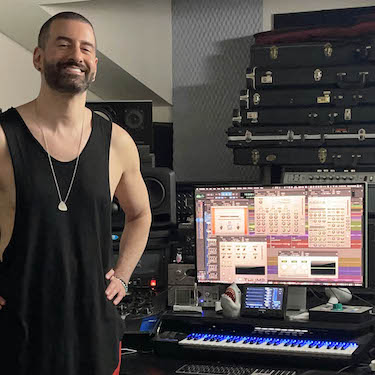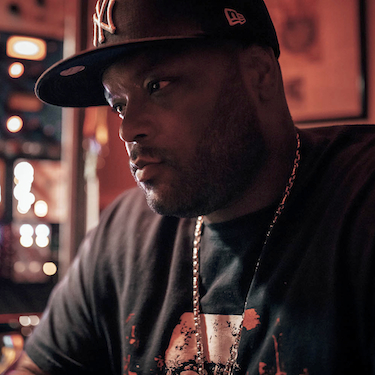Tech Note #9: Routing into SpectraFoo from your DAW
By Allen Rowand
Revision 1.0 - December 10, 2009 based upon Technote #0006
Introduction
SpectraFoo is an amazing tool that lets you see what is going on within your audio. In this tech note we’ll examine how you can integrate ‘Foo into your studio, and cover several techniques to make it happen.
The easiest way: Use a Metric Halo interface and FW Returns!
One of the features added in version 5 of the MIO Console software is and expanded implementation of FireWire returns, which add the ability to route signal coming in to your interface from your DAW back out to your computer without additional cabling. This can be used to insert +dsp or other devices into your DAW channels, or to route audio between applications. The 2882 and ULN-2 have 18 DAW channels and the ULN-8 has 20, so you can use this for ‘Foo and still have channels for other uses.
Step One: Route your DAW to your interface
As an example, we’ll create an “analysis” bus in a Logic Pro session that we’ll route through a 2882 interface into SpectraFoo. First, create a new bus in your session- I’ll use bus 17 and name it “Foo”, and route it to Outs 17 & 18.

Step Two: Configure the Console
Next we’ll route our analysis bus. Add a stereo input to your mixer, and assign it to DAW 17/18.

Then assign this channel to FW 1/2 on either the pre or post-insert direct out.

We’ve now set the mixer to take outs 17 & 18 from Logic Pro and route them back into the computer on channels 1 & 2.
Step three: Make SpectraFoo see your audio
Launch ‘Foo, go to the Audio I/O menu, and select Configure Hardware. Make sure that you’ve selected the MIO or ULN that you’re using. Now go to the Window menu and select Show Routing Window (or hit Command T) and set Ana 1 to be FW1 and Ana 2 to be FW2.
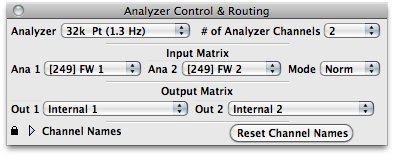
Make sure that your analyser instruments are set to Ana 1 & 2, and you should be set.


Step Four: Send your audio
Back in Logic Pro, send whatever signal you want to appear in ‘Foo to the “Foo” bus we created. It should now appear in ‘Foo! By changing what’s routed to the bus, you can analyze a single channel or an entire mix. Another approach would be to leave the main mix assigned to the bus and solo individual channels. The easiest way to do this in Logic (since you can’t route an output to a bus) is to insert the I/O plug-in in the output that you’re using for the main mix, and set the output to be the same as the “Foo” bus and no input. This will “mult” your signal. You’ll have to find a comparable technique in other DAWs.
But I don’t have a Metric Halo interface!
It takes a little work, but by using Soundflower or Jack we can do almost the same thing. It adds another layer of audio management and isn't as slick as FireWire Returns, but it'll do the job.
Step One: Download and install IAA (Inter-Application Audio) software
I'll be using Soundflower, from Cycling '74. Download the .img file, and drag SoundflowerBed to your Applications folder. Then install the Soundflower package and restart.
Step Two: Configure your ins and outs
As an example, I'll route iTunes into SpectraFoo. Go to the Sound tab in the System Preferences and select Soundflower (2 channel) as your output.
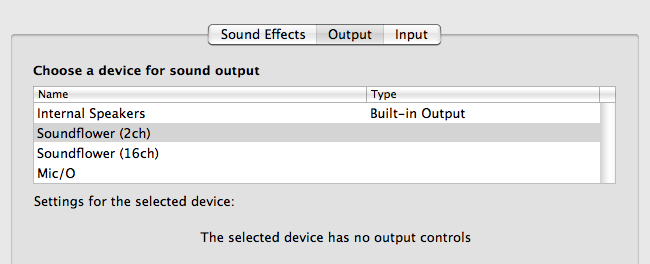
Now launch SpectraFoo and set Soundflower to be the input.
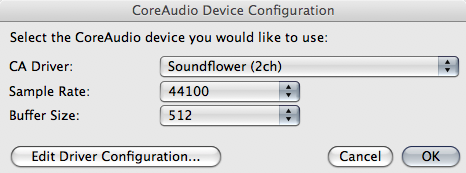
And don't forget to route your instruments.

To hear your audio, launch SoundflowerBed and set your outputs. It runs as a menu item at the top of the screen. I'll use the Built-In Output.
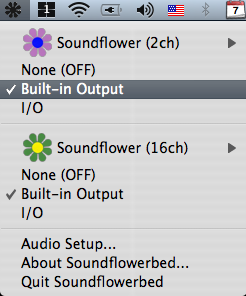
You now have audio from a CoreAudio device routed into SpectraFoo and an audio output simultaneously. For more complicated systems, you can use the 16 channel driver for more routing flexibilty.
I use ProTools!
Don’t worry- we can help you too. The trick is that we’re going to use another interface- the one built into your computer. Newer Macintoshes have digital and analog audio inputs built in, so that’s what we’ll use.
Step One: Determine what your Mac’s audio input is and what it’s capable of
As an example, my MacBook Pro will accept analog signals, as well as 2 channel optical at 44.1, 48, and 96kHz sample rates. Since I work at 44.1 and 48kHz, I could use my digital inputs. If I want to work at 88.2 or 192kHZ I would have to use an analog input. You’ll need to see what the particulars are for your machine.
Step Two: Determine how to get the output of your hardware into your Mac’s audio
Since I can use the MacBook Pro’s digital input, I need a digital output from my LightBridge (for example). It has a S/PDIF output on RCA, so I need a coaxial-optical converter to get into my laptop. Your interface may have different output options.
Step Three: Connections are everything
Now we have the output of your interface connected to the Mac’s audio input. Launch System Preferences, go to the Sound pane, and make sure that your Input device is Line In or Digital In.
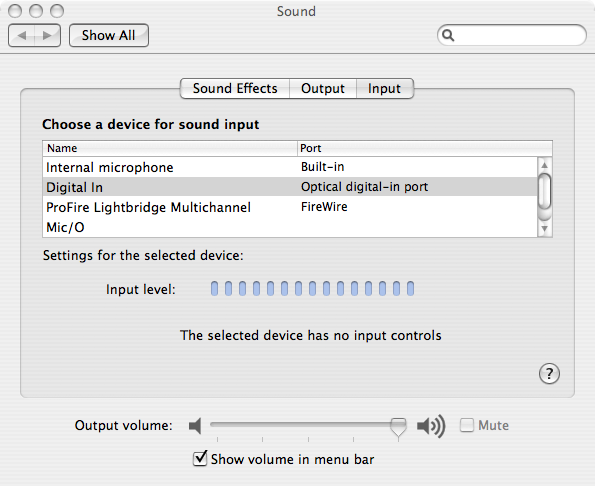
Close System Prefs and launch ‘Foo. Go to the Audio I/O menu, and select Configure Hardware. I’ve created an aggregate device called “I/O”, which is the built-in input and output combined.
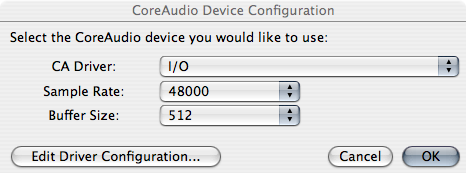
Now go to the Window menu and select Show Routing Window (or hit Command T) and set Ana 1 to be In 1 and Ana 2 to be In 2. Go to the Window menu and select Show Routing Window (or hit Command T) and set Ana 1 to be In 1 and Ana 2 to be In 2.


Make sure that your analyser instruments are set to In 1 & 2, and you should be set.

Depending on how many outputs you have on your hardware, you may only be able to look at your stereo outputs, or you may be able to set an independent analysis send.
Hey, watch your audio!
So you now have an idea of some ways you can monitor your audio in SpectraFoo using one computer, and look at any part of your session or mix. Of course, you could also use these techniques to send audio to a second machine running SpectraFoo over an analog or digital line. However you do it, ‘Foo it!
Revision History:
- Revision 1.0 - Dec 10, 2009 - Initial Release
|
